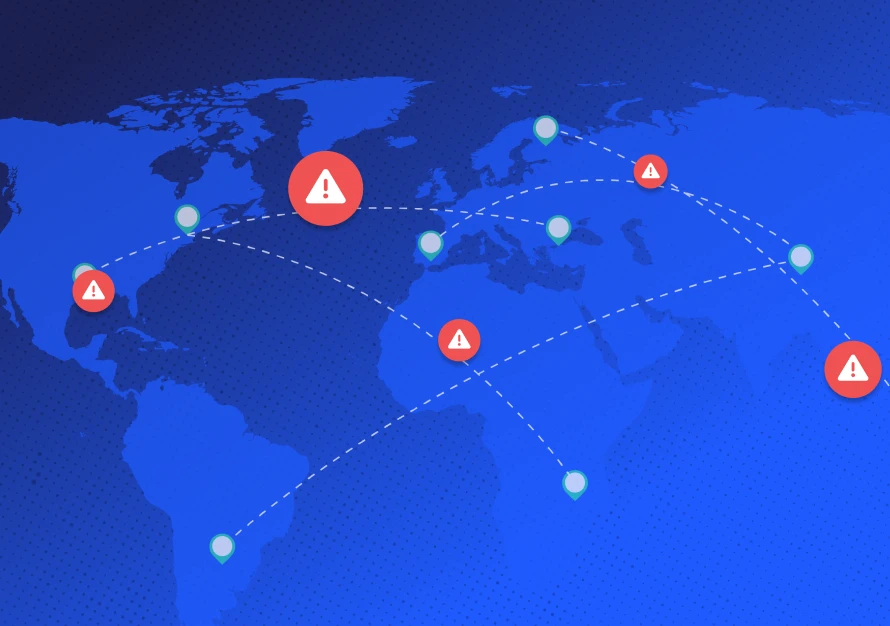To protect your supply chain, it’s important to have a successful environment, health, and safety (EHS) strategy in place. When developing this EHS strategy, you’ll want to ensure your progress is measurable, and you can do so with the right metrics.
Besides using supply chain management technology to keep your business safe, a key EHS metric you should utilize is Total Recordable Incident Rate (TRIR). TRIR is a lagging indicator that helps businesses benchmark safety measures and find areas of improvement. Companies should track this metric year-by-year by suppliers and by trades.
What is TRIR?
The primarily value of TRIR is to evaluate and quantify a company’s safety performance from the past year. The metric is an indicator created by OSHA and used additionally for comparing safety performances of organizations within a particular industry.
OSHA uses the TRIR to monitor high-risk industries. With this, EHS managers are able to track incidents and the frequency of injuries and illnesses and discover patterns across different worksites.
Why is the TRIR metric important?
The TRIR metric can give you direct insight into your company’s past safety performance. Insurance companies may use the TRIR data to determine premiums—the higher the rate, the more you could pay for insurance.
Prospective suppliers and partners may also look in your company’s TRIR scores to see for themselves how your safety performance stacks up. If scores are concerning, it could become a potential barrier to supplier sourcing and business opportunities.
How to calculate TRIR?
TRIR calculations reflects the number of recordable injuries per 100 full-time workers during a one-year period. A recordable incident is any work-related injury and illness that result in death, loss of consciousness, days away from work, restricted work activity, transfer to another job, or medical treatment beyond first aid.
The TRIR formula is as follows:
Number of Incidents x 200,000 / total number of hours worked in a year
OSHA established the 200,000 benchmark established by OSHA. It represents the total number of hours 100 employees would log in 50 weeks based on a 40-hour work week.
It’s important to remember that vacation hours and leave hours (like FMLA leave, military leave, bereavement, etc.) should not be included in the “total work hours” calculation.
Employees from third-party staffing agencies should also have their work hours included in your total hours worked.
What does your TRIR mean?
TRIRs differ from industry to industry, with certain industries having a significantly higher risk than others. The lower the TRIR score, the better a company’s safety performance appears to be.
If your TRIR scores are high, it may lead to an uptick in surprise OSHA inspections and penalties. In addition, OSHA may increase their oversight in your company’s EHS programs.
Limiting worksite incidents and protecting worker safety can have many benefits, including keeping your business in a positive light. A data analysis of 87,000 suppliers shows safety incidents reduced from 21% to 55% and safety performance increased 7% to 12% yearly when using Avetta’s services. The longer companies are in the Avetta network, the safer they become.

.svg)

.svg)
.svg)

.svg)

.svg)
.webp)







